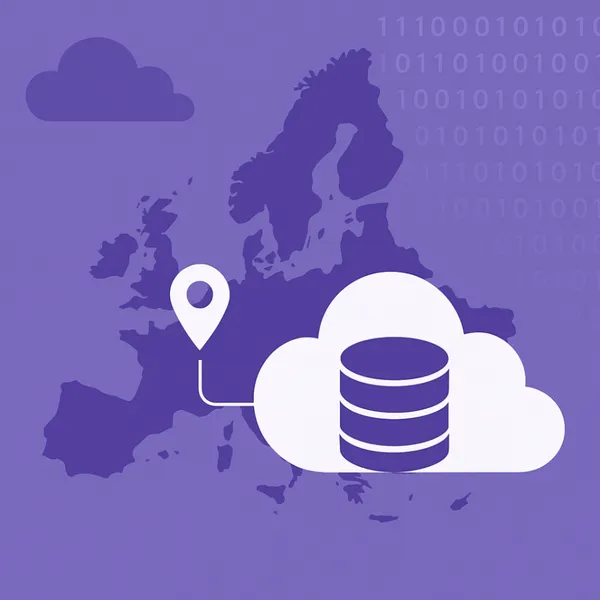
Knowledge base
July 22, 2024
Increase Your Organization’s Email Security with DMARC
DMARC (Domain-based Message Authentication, Reporting, & Conformance) plays a crucial role in protecting your organization’s e-mail domains from abuse. But what makes DMARC so essential, and how can it help you?
DMARC provides not only protection, but also insight through reports. These reports provide a clear picture of:
📬 Who or what is sending emails on behalf of your domains:
- Legitimate email flows: Ensure that authorized senders are recognized and trusted.
- Possible shadow IT: Discover unauthorized systems within your organization sending emails.
- Illegitimate emails / spoofing campaigns: Identify and block phishing attempts and other forms of email fraud.
📊 The authentication results of your emails:
- Successful and failed email authentications: Gain insight into which emails are correctly authenticated and which are not.
- Possible misconfigurations in email settings: Detect problems such as incorrect DNS settings or configuration errors that may affect e-mail delivery.
- Poor reporting: Improve the quality of your email reports by understanding where things are going wrong.
How DMARC Protects Your Organization
- Increased Visibility: Reports give you a clear view of all email activity being conducted on behalf of your domain.
- Better control: You can easily see which emails are legitimate and which are not, allowing you to act quickly on suspicious activity.
- Increased security: By detecting misconfigurations and incorrect settings, you can improve your organization’s overall email security.
Implementing DMARC: Step by Step
- Start with SPF (Sender Policy Framework): Define which IP addresses are authorized to send emails on behalf of your domain.
- Implement DKIM (DomainKeys Identified Mail): Add a cryptographic signature to your emails to ensure authenticity.
- Configure DMARC: Set up a DMARC record in your DNS to monitor email authentication results and receive reports.
- Analyze DMARC reports: Use the reports to understand email activity and address potential security issues.
- Optimize and enforce: Continue to optimize and enforce your settings to ensure continuous strong email security.
Conclusion
DMARC is not only an email security tool, but also a valuable resource that helps you gain insight into your organization’s email activity. By properly implementing and using DMARC, you can not only improve the security of your emails, but also strengthen the overall security of your organization.
Our Zero Trust Email Security solution provides comprehensive support for DMARC monitoring and helps your organization identify and neutralize threats. Contact us today to learn more about how we can take your email security to the next level!
🚀 Take control of your email security today with DMARC!
Want to know more?

Related
blogs
Tech Updates: Microsoft 365, Azure, Cybersecurity & AI – Wekelijks in je Mailbox.



